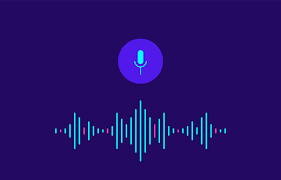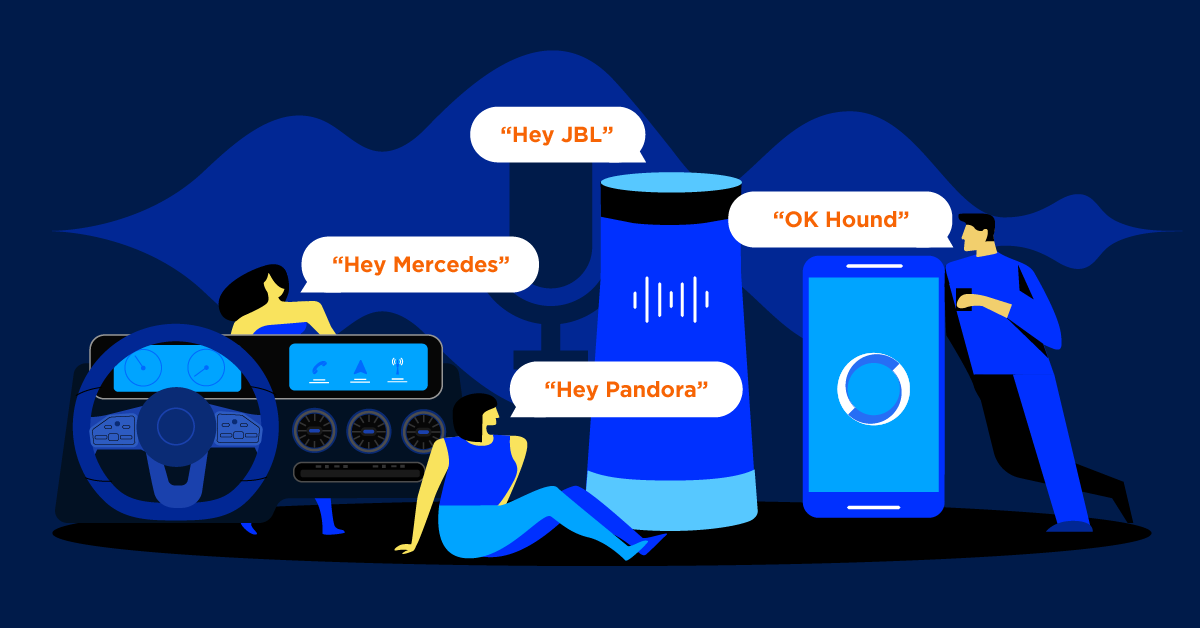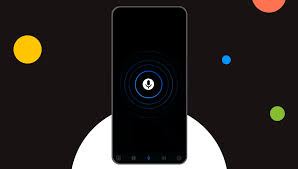Hello!
 Voice-user interfaces allow users to communicate with machines by speaking only. These interfaces use natural-language processing and speech recognition to allow users to accomplish certain tasks. VUIs are a staple of sci-fi movies, but they have become commonplace.
Voice-user interfaces allow users to communicate with machines by speaking only. These interfaces use natural-language processing and speech recognition to allow users to accomplish certain tasks. VUIs are a staple of sci-fi movies, but they have become commonplace.
These are the seven design principles that the Milkinside team adheres to when creating voice-user interfaces.
Top 7 Ways for Designing Voice-User Interfaces
1. Define the key user tasks
Your product is attractive to people because of its potential benefits. What are their goals for using your product? These are the two most important questions you must answer before creating your product.
VUI design aims to integrate a product into people’s lives. To understand the needs of your target audience, you should invest in user research as early as possible in the design process. To learn more about user behavior, you can conduct participant observation and user interviews.
2. Learn the context of your use
 It is important to consider not only the how but also where customers will interact with your product. It will be private like a living area or public like a hall in a hotel.
It is important to consider not only the how but also where customers will interact with your product. It will be private like a living area or public like a hall in a hotel.
Your product-design decisions will be affected by factors such as sound quality, distance from the device, background noise and user privacy. Users are less likely to share personal information in public spaces.
3. Create a dialogue flow
A dialog flow is a script that illustrates the conversation between the user (and the voice-based product) in the context of the user’s task. A dialog flow is usually visualized as a tree with all branches representing all possible scenarios. Your development will be affected by dialog flow, so it is important to specify it early in product design.
 A sample dialog is a good starting point for designing a dialog flow. This dialog visualizes a happy interaction with a system. It doesn’t include any back-and-forth situations or branches. As you gain more information, add more branches to your dialog.
A sample dialog is a good starting point for designing a dialog flow. This dialog visualizes a happy interaction with a system. It doesn’t include any back-and-forth situations or branches. As you gain more information, add more branches to your dialog.
4. Design for eye-free interactions
Voice-user interfaces were designed for people who have their eyes and hands busy with other tasks. Imagine a man cooking dinner, and getting his hands dirty.
To learn a recipe, he activates the voice interface. A woman driving along a busy street and wants to find the closest parking spot. You should design an app that requires no glance at the screen even if a voice-based product is available.
5. Design to make people talk
 Voice-user interfaces should not feel like you are having a conversation with a robot. The natural conversation will improve the user experience because users won’t have to learn anything to interact with the system.
Voice-user interfaces should not feel like you are having a conversation with a robot. The natural conversation will improve the user experience because users won’t have to learn anything to interact with the system.
These are some things that will help you create more human conversations.
Design for user vocabulary. Learn as much about your users’ language as possible and incorporate this knowledge into your product.
Think about all possible utterances (how the user phrase a command). There are many ways to ask for something. Some users might ask “What is the weather today?” Another user might ask “Is it cold out?”
Pause between options and questions. If a system asks users questions and then offers them options, it should take a half-second pause before asking the question. Only after that, it should speak out options. This makes it easier for users to understand information.
6. Keep it simple and clear
You will notice a huge difference between graphical-user interfaces and voice-user interactions (VUI). GUI allows multitasking, while VUI is linear. Users can’t skip sections of VUI when they interact with it. They must listen to what the system is telling them. Users must retain the information from VUI in their brains.
 The more information a system provides, the greater the cognitive load. Designers can improve the user experience by optimizing the information they receive from the system.
The more information a system provides, the greater the cognitive load. Designers can improve the user experience by optimizing the information they receive from the system.
It is important to minimize the information that the system gives to users without losing its meaning. When a user asks “What’s the weather today?”
The system will respond by saying “The weather in San Francisco, California today, December 20, 2021, is 12 Celsius, sunny and winding 3 km/h” or “12 Celsius, it’s cold and windy outside. Wear a coat.” This second response is simpler and more clear for users.
Also read: Crypto Gets Bloody: 231 Physical Attacks Signal Dark Turn in Web3 Security
7. Persona Design Brand
 Voice-user interfaces have a huge impact on the user experience. Users feel like they can relate to VUI from the moment they start using it. This is something that people instinctively do. Your brand persona is the combination of personality traits, attitudes and values that you want to convey to your customers. Your users will create a brand persona if you don’t give them the opportunity to do so. It might not be the persona you desire.
Voice-user interfaces have a huge impact on the user experience. Users feel like they can relate to VUI from the moment they start using it. This is something that people instinctively do. Your brand persona is the combination of personality traits, attitudes and values that you want to convey to your customers. Your users will create a brand persona if you don’t give them the opportunity to do so. It might not be the persona you desire.
Thank you!
Subscribe to our newsletter! Join us on social networks!
See you!






